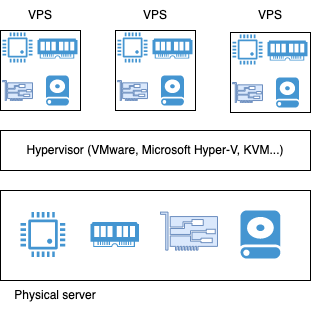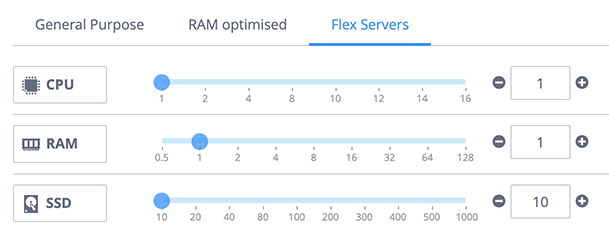I have hosted my website and applications on Fasthosts’ Virtual Private Servers (VPS) since September 2019. Each year, I have upgraded my VPSs to current models. Earlier this year, I became a partner of Fasthosts (under my brand name Waggybytes Technology) so I can recommend, support and re-sell Fasthosts services to other customers.
So, what has kept me hosting with Fasthosts for over 3 years, and confident in their services that I can recommend them to others?
This article answers those questions and dives into the Fasthosts VPS product to create an honest review from a real, current customer.
TL;DR – The Verdict
My rating: 4.5 / 5 stars
Pros:
- Cost-effective, great resource per £ spend
- Modern, enterprise-grade hardware
- Cloud architecture and centralised storage guarantees 99.999% uptime
- Virtual KVM console
- IPv6 support alongside IPv4
- Unlimited bandwidth, 400 Mbps networking
- Flexible external firewall
- Free 2GB cloud backup
Cons:
- VPS are UK based only – you need to use CloudNX for other locations
- Not able to add extra resources individually – more storage, for example
- Requires 12 month contract
- No snapshot functionality – need to use CloudNX
- Additional IPv4 addresses are a bit more expensive than public clouds (IPv6 are free)
What is a VPS?
A VPS (or Virtual Private Server) is a server logically separated from other servers running on the same physical equipment. Virtual servers are created using a technology called virtualisation and a piece of software called a hypervisor.

Virtualisation is a way for hosting providers to split a powerful, physical server into smaller, less-powerful servers and rent them to individual customers separately from others. It is the technology that underpins and started the concept that is now known as the cloud.
If a dedicated server is the equivalent of owning (or renting) your own house, a VPS is the equivalent of renting a flat within a tower block. You are responsible for your own space which isn’t shared with any other tenants, and your landlord is responsible for the up-keep of the block itself.
What is a Fasthosts VPS?
Fasthosts have built a platform called CloudNX using virtualisation software from VMware and powerful, enterprise-scale hardware from Intel (Xeon Gold CPUs) and SolidFire (SAN storage platform.)
CloudNX allows you to create virtual servers with any amount of CPU, RAM, disk space and networking your application requires. You pay by-the-hour for the resources you consume, upgrade resources and delete the servers at any time.

Fasthosts’ VPS product runs on CloudNX, but provides a list of pre-determined “plans” that include a set amount of CPU, RAM and disk space. You pre-pay monthly (or annually) in advance for your VPS.
They are not quite as flexible as using CloudNX directly, but you can upgrade to a higher plan if you need more resources. They are cost effective but have an initital 12-month contract, so you have to commit to your new VPS for a year. After that, however, you can cancel at any time.
I’m specifically reviewing the VPS product, rather than CloudNX, however many of the benefits are because CloudNX powers the VPS product and apply to CloudNX too.
In the next pages, I will deep dive into some of the best features of a Fasthosts VPS, including:
- Management, including power options, KVM console and usage graphs
- Networking – firewall, IPv4 and v6 connectivity
- Available operating systems
- Physical hardware
- Clustering and fail-over architecture
- Guaranteed 99.999% uptime
Make sure to read my closing comments for my overall opinion on the Fasthosts VPS product.

Add new comment